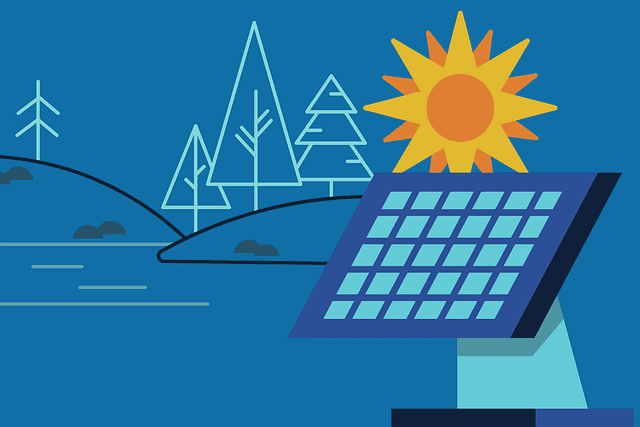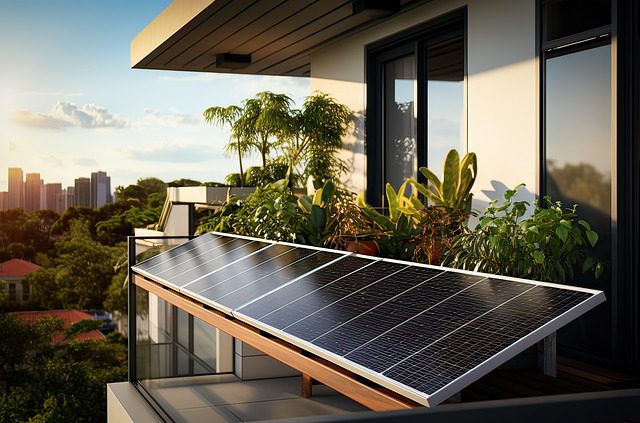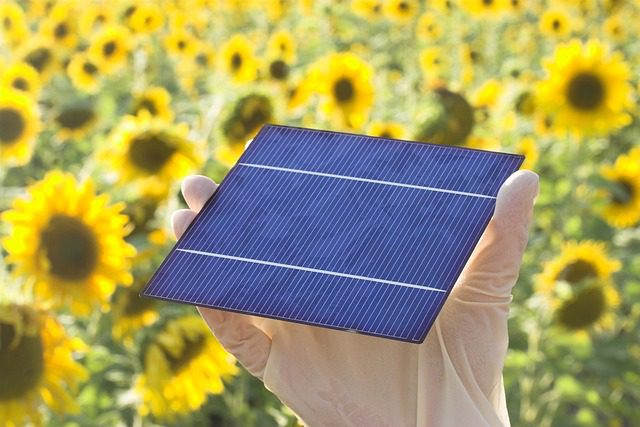
Mekaniikka aurinkopaneelien toiminnan takana
Aurinkovoima on saavuttanut merkittävän suosion kestävänä ja uusiutuvana energialähteenä. Tämän puhtaan energian vallankumouksen ytimessä ovat aurinkopaneelit, jotka hyödyntävät auringon säteilemän runsaan energian. Sukellaan aurinkopaneelien toiminnan mekaniikkaan ja ymmärrämme auringonvalon sähkön muuntamisen taikuuden.

- Aurinkosähköefekti: Aurinkopaneelit toimivat aurinkosähkövaikutuksen perusteella, 1800-luvulla löydetty ilmiö. Fotonit, valon hiukkasia, kuljettaa energiaa. Kun auringonvalo on vuorovaikutuksessa aurinkopaneelin pinnan kanssa, tyypillisesti silikonista, fotonit siirtävät energiansa materiaalissa oleville elektroneille.
- Elektroninen viritys: Kun fotonit iskevät aurinkopaneelin puolijohdemateriaaliin, ne kiihottavat elektroneja, saavat ne irti atomeistaan. Tämä luo materiaaliin vapaiden elektronien virtauksen.
- Sähkökenttä: Aurinkopaneeli on suunniteltu sisäänrakennetulla sähkökentällä, luotu yhdistämällä kaksi erityyppistä piikerrosta. Sähkökenttä ohjaa vapaiden elektronien virtaa tiettyyn suuntaan, helpottaa sähkön tuotantoa.
- Nykyinen sukupolvi: Kun vapaat elektronit liikkuvat aurinkopaneelin sähkökentässä, ne luovat sähkövirran. Tämä virta on tasavirran muodossa (DC).
- Metalliset kontaktit: Aurinkopaneelin ylä- ja alapinnalla olevat metalliset koskettimet keräävät virittyneiden elektronien tuottaman sähkövirran. Virta ohjataan sitten johtojen kautta invertteriin.
- Invertterin muuntaminen: Aurinkopaneelit tuottavat tasavirtaa, joka on muutettava vaihtovirraksi (AC) sähköä ennen kuin sitä voidaan käyttää kodin tai yrityksen sähkönlähteenä. Aurinkopaneelijärjestelmään on kytketty invertteri, joka muuttaa tasavirtasähkön vaihtovirtasähköksi, joka on yhteensopiva sähköverkon kanssa.
- Käyttö ja verkkoliitäntä: Kun aurinkopaneelijärjestelmä on muuttanut tasavirtasähkön AC:ksi, sitä voidaan käyttää sähkölaitteiden syöttämiseen reaaliajassa tai syöttää sähköverkkoon. Aurinkopaneelien päiväsaikaan tuottama ylimääräinen sähkö voidaan lähettää verkkoon, ja joissain tapauksissa, asunnonomistajat tai yritykset voivat saada hyvityksiä tai maksuja tästä ylijäämäsähköstä.
- Nettomittaus: Nettomittaus on laskutusmekanismi, jonka avulla aurinkopaneelien omistajat voivat saada hyvitystä verkkoon tuottamastaan ylimääräisestä sähköstä. Kun aurinkopaneelit tuottavat enemmän sähköä kuin kuluttavat, ylimääräinen energia lähetetään takaisin verkkoon, ja mittari tallentaa tämän ylijäämän. Aikana, jolloin aurinkopaneelit eivät tuota tarpeeksi sähköä, kuten yöllä, sähkö otetaan verkosta ja mittari kirjaa käytön.

Aurinkopaneelit ovat uskomaton tekniikka, joka valjastaa auringon voiman tuottamaan puhdasta ja kestävää energiaa. Aurinkopaneelien toiminnan mekaniikan ymmärtäminen antaa meille mahdollisuuden arvostaa teknologian panosta riippuvuutemme vähentämiseen fossiilisista polttoaineista ja ilmastonmuutoksen hillitsemisestä. Aurinkovoiman kehittyessä jatkuvasti, sillä on potentiaalia mullistaa tapamme tuottaa ja kuluttaa energiaa, tasoittaa tietä vihreämmälle ja kestävämmälle tulevaisuudelle.
Ota meihin yhteyttä kautta whatsapp/ sähköposti, tai täytä lomake, Ja otamme sinuun yhteyttä mahdollisimman pian
